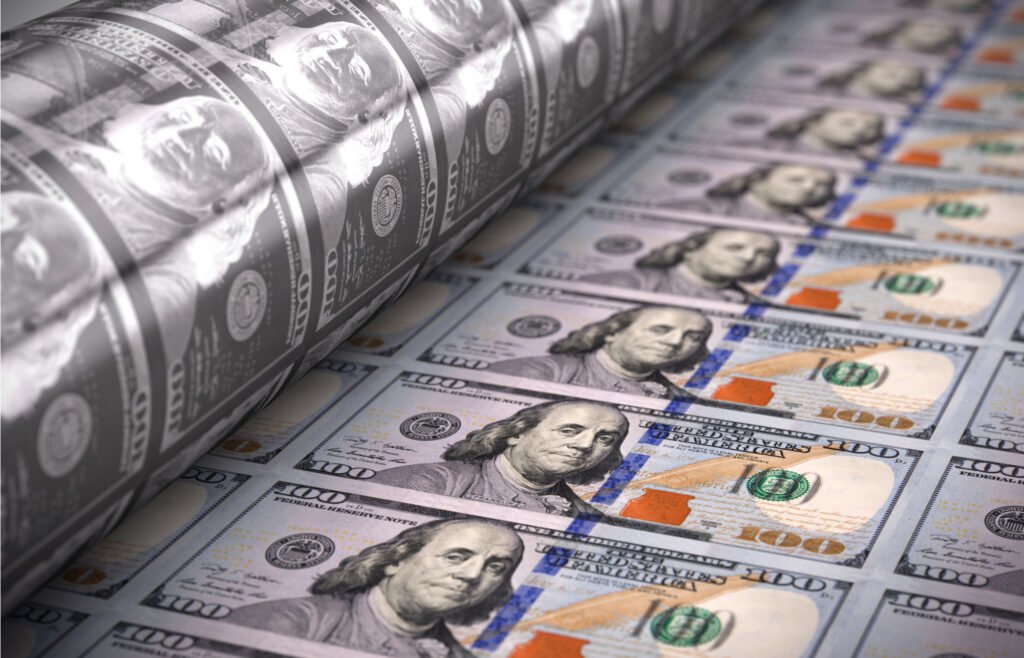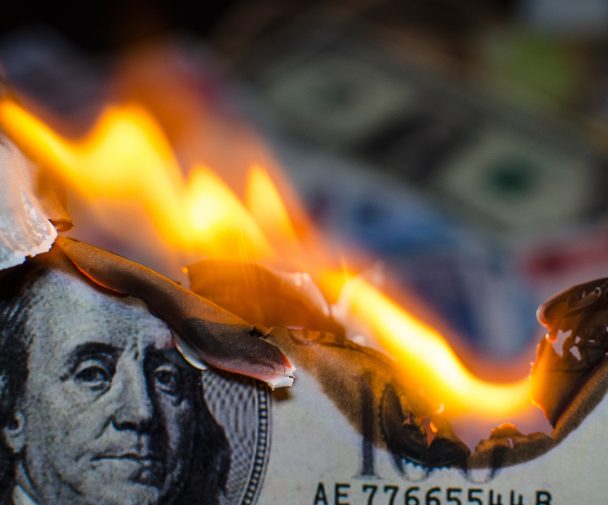
The Return of Inflation
The increase in the money supply will be felt for years to come
WRITTEN BY DANIEL HILPERT
MAY 13, 2020
Economist Milton Friedman demonstrated in A Monetary History of the United States that a collapse in the quantity of money was the main cause of the Great Depression. According to Friedman, the quantity of money was defined as all bank deposits. Between October 1929 and April 1933, U.S. money stock shrank 38%.
The Fed publishes weekly data on the U.S. commercial banking system’s balance sheet giving the closest proxy to calculating the money supply. Hoping to avoid a repeat, the Federal Reserve in recent weeks has poured money into the economy at the fastest rate in the last 200 years. This is the highest rate of monetary expansion excluding the years immediately after the Revolutionary War.
From March 11-18, deposits at U.S. banks rose by 2.2%. 2.5% in the week that followed and an additional 1% thereafter to a total of almost 6%. Additionally, there were large bond purchases. The monetary financing of the budget deficit will add to the amount of money in the economy. It is reasonable to assume that by 2021, the quantity of money will have increased by at least 15%.
With an increase in money supply, the problem now becomes financing the sky-high budget deficit, which the nonpartisan Congressional Budget Office projects to equal 18% of GDP, the highest since the end of World War II and nearly four times what it was in 2019.
The U.S. government expects to borrower a record $4.5 trillion this fiscal year, pushing the nation’s debt to 101% of GDP, also the highest level since World War II and triple last year’s $1.28 trillion. The nation’s debt is likely to grow even larger as lawmakers on Capitol Hill take aim at the next round of fiscal relief including money for cities and states to plug gaping holes in their budgets.
Traditionally, deficits shrank when the economy expanded and increased during recessions – instead pre-crisis deficits have risen despite robust economic growth, as tax cuts enacted in 2017 constrained revenues and two bipartisan budget deals boosted federal spending.
For now, we have seen real interest rates on safe assets decline to near zero (while the spread in yields of riskier over safe assets have changed little). Oil prices have collapsed, and soaring unemployment has killed any chance of wage inflation. Demand will remain under pressure as social distancing keeps consumers from shopping and travelling.
Consumer retrenchment will persist only until a COVID-19 vaccine arrives. History suggests that pent up demand could spark an inflationary spiral that markets are not expecting. Supply chain disruptions will cause global production bottlenecks. More inflation can be expected when nations, in a growing backlash against globalization, are following through on threats and bring their offshore platforms back home. The Bank of International Settlements estimated that global inflation would have been one percentage point higher were it not for the supply chain efficiencies of globalization.
With real interest rates near zero, open-ended quantitative easing and a massive debt overhung, inflation may be the only way forward.











